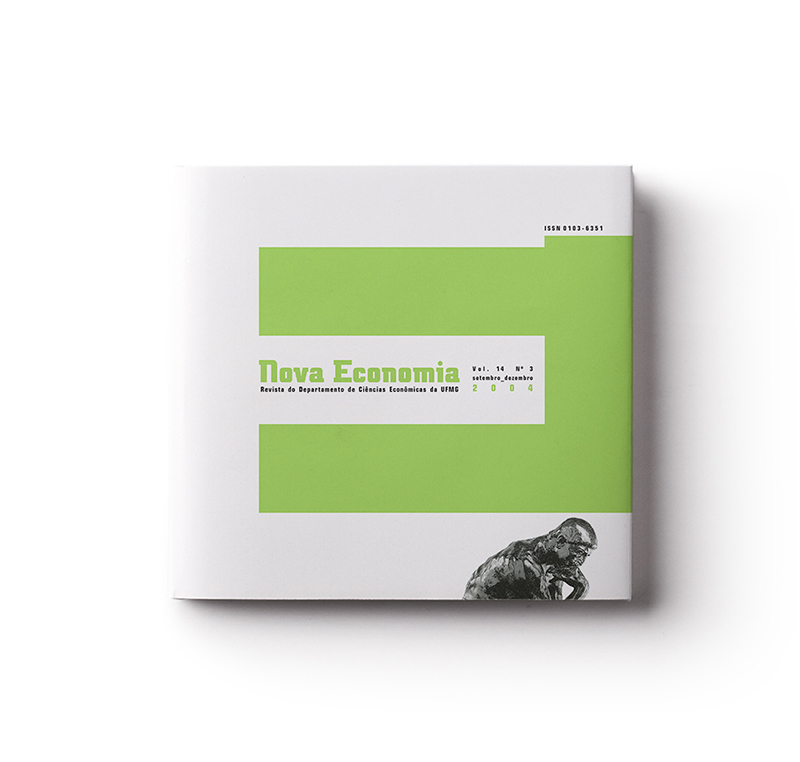Índices de sustentabilidade municipal: o desafio de mensurar
Keywords:
indices and indicators, sustainable development, quality of life, environmental quality, political/institutional capacity.Abstract
This article presents methodology for the construction of indices of local sustainability, applied to the cities of the Piracicaba River Basin (Minas Gerais). The proposed methodology combines measures of quality of the microregional environmental system; the quality of life in urban areas; the pressure exerted by anthropic activities on reproduction bases in the area and on the microregional environmental system; political and institutional capacity for local intervention. The river and its water basin are used as the main parameters for spatialization, integration and compatibility of indicators constructed on the basis of distinct methodology and disciplinary viewpoints. Located in the mid Rio Doce river basin, the Piracicaba River basin is within the area of influence of the Rio Doce State Park. It comprises a significant assembly of economic activities (steel, cellulose, and iron ore mining) with a high degree of anthropic impact, considerable urban concentration, and massive reforestations through the monocultural plantation of eucalyptus trees (coal and cellulose).Downloads
Published
2009-06-02
How to Cite
BRAGA, T. M.; FREITAS, A. P. G. de; DUARTE, G. de S.; CAREPA-SOUSA, J. Índices de sustentabilidade municipal: o desafio de mensurar. Nova Economia, [S. l.], v. 14, n. 3, 2009. Disponível em: https://revistas.face.ufmg.br/index.php/novaeconomia/article/view/435. Acesso em: 25 dec. 2025.
Issue
Section
Regular Issue
License
Authors who publish with this journal agree to the following terms:
- Authors retain copyright and grant the journal right of first publication with the work simultaneously licensed under a Creative Commons Attribution 4.0 International License that allows others to share the work with an acknowledgement of the work's authorship and initial publication in this journal.
- Authors are able to enter into separate, additional contractual arrangements for the non-exclusive distribution of the journal's published version of the work (e.g., post it to an institutional repository or publish it in a book), with an acknowledgement of its initial publication in this journal.
- Authors are permitted and encouraged to post their work online (e.g., in institutional repositories or on their website) prior to and during the submission process, as it can lead to productive exchanges, as well as earlier and greater citation of published work (See The Effect of Open Access).




